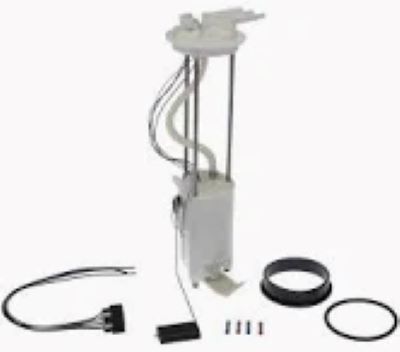Fuel pump pressure regulates fuel flow by keeping a constant, accurate pressure in the fuel lines; it allows the engine to receive just enough fuel for optimal combustion. For starters, most fuel-injected engines require 30- to 60-psi pressures for proper fuel delivery. The fuel pump does this creating pressure in the lines to get the fuel down to the injectors. The pump also maintains this pressure when the engine demands more fuel (like during acceleration) and that allows more fuel to continuously flow without any lag or drop in pressure.
The fuel pump is matched by a fuel pressure regulator, usually mounted at or near the end of the fuel rail, which changes flow as per engine requirements []. At idle, for example, the engine needs far less fuel, and the regulator cuts off flow down to a trickle so as not to overwhelm injectors. Conversely, under load the regulator opens further to allow the pump to deliver its maximum flow coefficient yet maintain consistent pressure. If the pressure falls below that range, the engine is starved for air-fuel mix and often has poor acceleration, misfires or dies altogether.

It also helps increase fuel efficiency by keeping fuel pump pressure constant. For every fuel injector model, advantages of 5-10 % in terms of fuel economy depending on the engine have been proven because the engines no longer operate outside of their stable fuel pressure state, substantially improving combustion process effectiveness and reducing waste losses through unburnt emissions. However too much inconsistent pressure can make the engine compensate the air-fuel mixture, causing more fuel consumption and wear in ferrous components such as spark plugs and catalytic converter.
Manufacturers of fuel pumps also build them to operate as high as about 100 PSI in order that with engines demanding a lot more flow, the pump produces fuel immediately without any lag time. A live mapping feature extremely useful for cars engaging in activities like racing can provide a view of the air/fuel ratio pressure at any given time, with even small vacillation having impacts on overall horsepower and acceleration.
Car buffs will remind you that adequate fuel pump pressure is a crucial part of good vibes and long life. More information about Fuel Pump, including how the fuel pump works, can be found on this website.